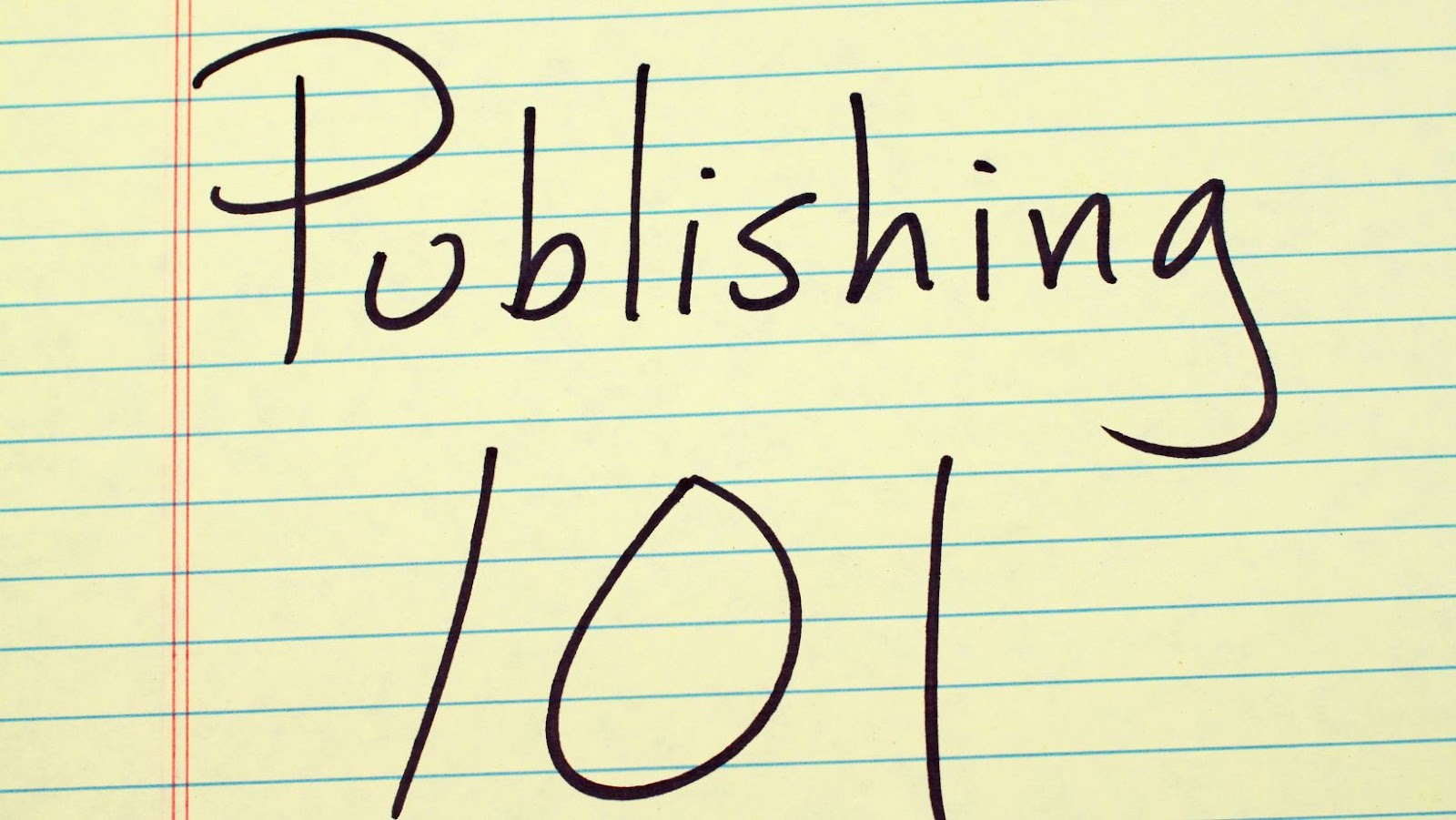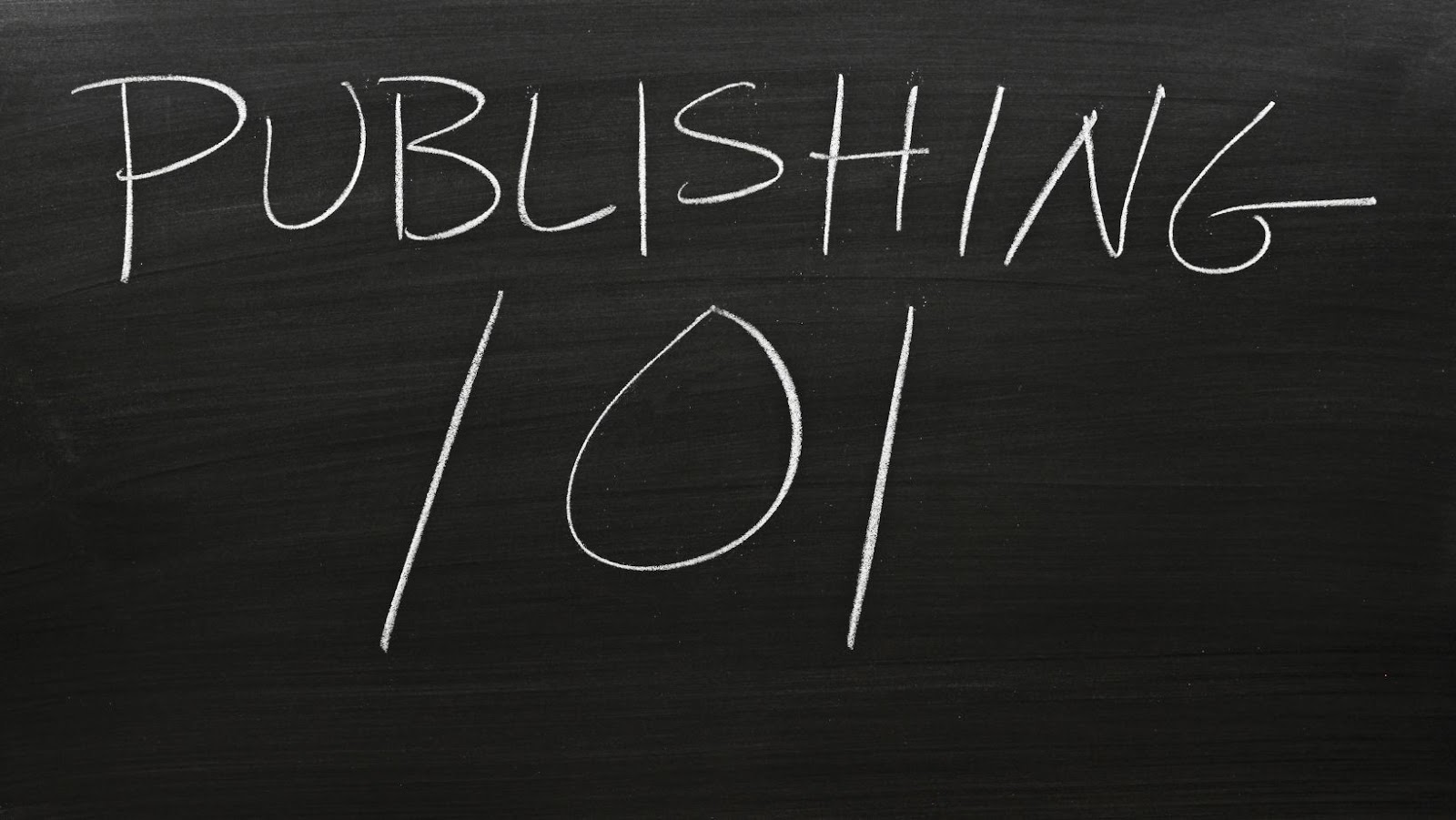 Publishing 101
Publishing 101
Publishing 101 revolves around the process of production and dissemination of literature or information—making it available for public view. It spans numerous stages, from the submission of a manuscript by an author to a publisher, to the extensive process of editing, design, production, promotion, distribution, and sales. Visible trends, as reported by Statista in 2020, projected that eBooks constituted 18% of the book publishing market, while print books formed the remaining 82%. This statistic demonstrates that despite the rise in digital content, traditional print books remain a dominant force in the publishing 101 sector.
When attention turns to traditional and self-publishing, each presents unique features and benefits. Traditional publishing models involve an established publishing house undertaking the editorial, production, marketing, and distribution functions. Renowned publishers, such as Penguin Random House and HarperCollins, are embodiments of traditional publishing.
In contrast, self-publishing empowers the author to retain full control over their work, inclusive of editing, design, marketing, and distribution. Reports from Bowker in 2018 indicated a boom in self-publishing, with 1.68 million self-published ISBNs being registered.
A comparison between these two aspects reveals a dichotomy. Where traditional publishing offers the advantage of a full-service experience, self-publishing gifts authors the liberty to manage and control all aspects of their work’s publication. Aspiring authors must weigh the pros and cons of each method, factoring in the demands, risk, remuneration, and autonomy, before picking a publishing 101 strategy suited to their journey.
 Steps to Getting Published
Steps to Getting Published
Formulating an impressive book proposal dons primary importance. Immersing in this task, an author encapsulates the essence of their manuscript, leveraging its unique aspects. In this context, the proposal mirrors the book’s characteristics, setting the tone and hinting at its content simultaneously.
Adherence to a structured book proposal involves first, a title page, capturing the book’s title and subtitle along with the author’s name and contact information. Second, a general overview, summarizing the book’s crux while emphasizing its distinctiveness. The book’s target audience, market potential, and competitive titles rank as crucial details at this stage. Last but not least, a chapter outline and sample chapters create an exhibit of the author’s writing style and the book’s distinctiveness.
Bear in mind, unique features and the author’s credentials emerge as solid convincing factors, hence, showcasing significant selling points of the book can be beneficial. Statistics testify the effectiveness of this approach; according to a 2019 survey by the “Authors Guild,” around 73% of traditionally published authors approached publishers with a complete book proposal.
Involving a literary agent can prove to be a strategic move, especially for authors looking at traditional publishing. An agent plays an extensive role, guiding the author throughout the publishing pathway. Partnering with a literary agent, authors gain access to their expansive network and cumulated publishing 101 knowledge.
To connect with a literary agent, authors need to create a query letter framing their proposal to intrigue the agent’s interest. Research assumes prime importance here, as authors need to target agents who specialize in their genre. AgentQuery.com, an online searchable database of literary agents across multiple genres, shows about 1,000 agent profiles, further underlining the availability of specialized assistance.
 Decoding the Publishing Contract
Decoding the Publishing Contract
Navigating the publishing contract, a critical part of the journey from manuscript to a successful work, baffles many authors. This section breaks down the fundamental aspects of publishing contracts: Rights and Royalties, and Understanding the Meta Clauses.
An essential factor of publishing contracts is the management of rights and royalties. Rights, including print, digital, audio, and translation, govern where and how the author’s work gets distributed. For instance, HarperCollins exercises these rights with its global reach across 18 territories. Royalties, portion of revenues, acknowledge the author’s creative effort. Traditionally, publishers offer advances against royalties, but in self-publishing, authors receive royalties after the costs get recouped.
Meta clauses, often seen as confusing legalese in contracts, outline the agreement’s parameters. They entail subjects like option clauses, out-of-print clauses, and dispute resolution mechanisms. The ‘Option Clause,’ for example, typically gives the publisher first right to the author’s next work. It’s crucial for authors to comprehend these terms transparently, to protect their interests optimally. Resources like ‘The Authors Guild,’ offering contract analysis, aid authors navigate these complex clauses effectively. Transparency in decoding these terms aids authors chalk out their publishing journey seamlessly, while protecting their interests optimally.